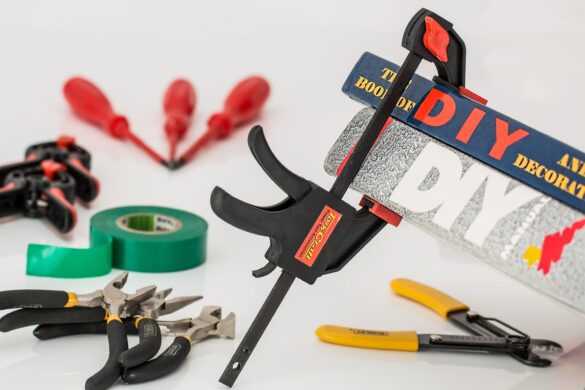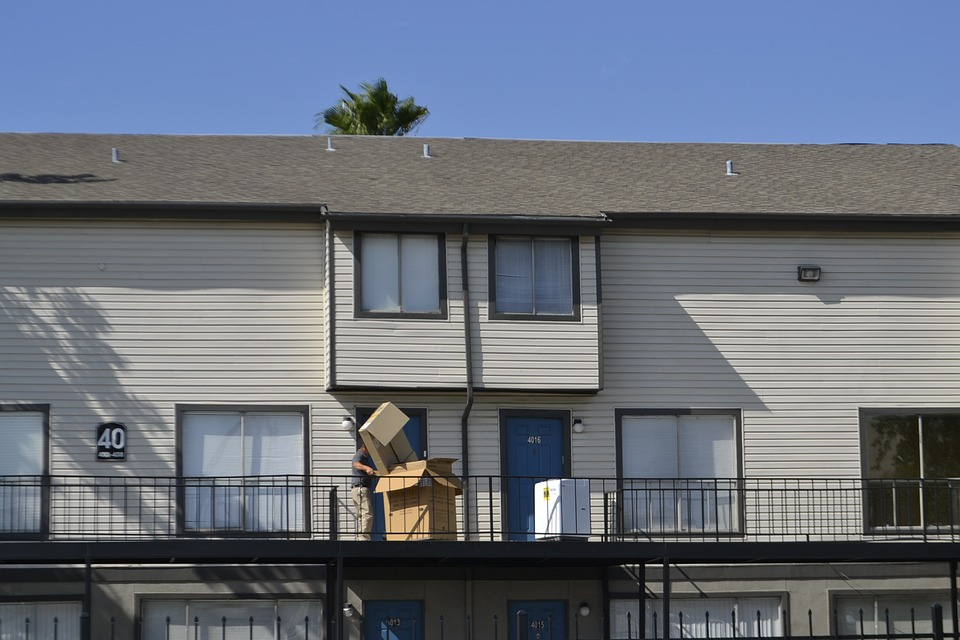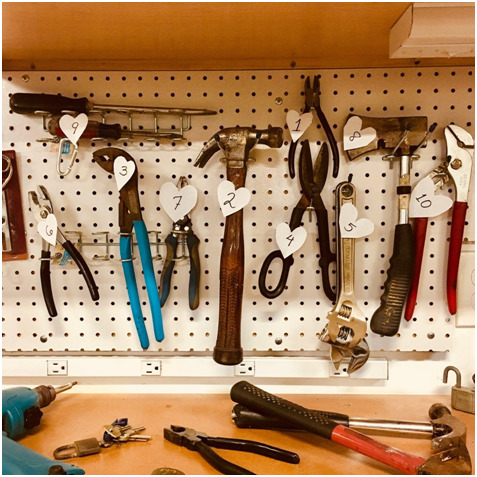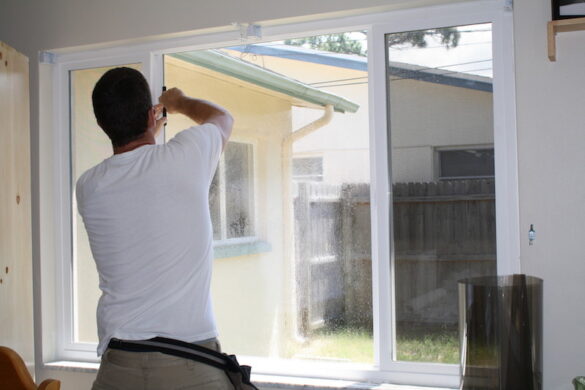
Plumbing systems, fixtures, and concept can seem like alien concepts to the people who are not familiarized with this domain. Still, homeowners should grasp at least the basic concepts so that any discussions with plumbing professionals are productive. Moreover, plumbing disasters have a tendency to occur in the worst possible moments, so knowing a few specific terms can help you control the situation until an expert arrives.
The purpose of this article is to briefly explain everything that a new house owner should know. If you want to deepen your knowledge about this subject, you can always do some further reading on plumbing terminology. But right now, let’s focus on the five plumbing terms every homeowner needs to know.
-
Plumbing Traps
In plumbing, a trap is a special device attached to fixtures to prevent dangerous sewer gases (like hydrocarbons) and smells from permeating the building and vermin (like mice and insects) from entering the house, while allowing waste to be transported away.
In households, traps are usually S, Q, U or J-shaped. You can easily find them if you look within or below a fixture. The most common type of trap is of the P variety, and it is typically installed under the sink. Due to their shape, traps are designed to hold on to a low amount of water every time the user utilizes a fixture. The term for the retained water is seal trap – and as the name suggests, its purpose is to stop any sewer gases from going through the drain pipes and entering the house.
A small tip related to traps is that they tend to capture heavy objects to prevent them from clogging the pipes. Therefore, if you accidentally drop any valuable objects down the drain (watches, jewelry, what have you) do not panic because you can easily recover them from the trap by dismantling it.
A quick side note: in a few regions in the United States, the plumbing code prohibits the installation of S-traps because they have a tendency to siphon dry even if they are properly vented. Therefore, it is a good idea to check whether or not you have these types of traps as soon as you move into your new house and install the P-shaped ones if the situation asks for it.
-
Drain Waste Vent System
While drain waste vent systems are related to traps, they deserve their own separate entry due to their importance. These systems are designed to eliminate any greywater, sewage, and waste from a given building and regulates the air pressure from the pipes to allow the water to flow properly. Waste is typically produced by almost any household fixture, such as toilets, sinks, and showers.
As for its venting purposes, this process is aided by a certain number of pipes that start from the house and reach the outdoors through the roof of the house. These vents prevent the sewer gases from entering the house, instead venting them outside.
-
Sump Pump
Every household with a basement should be equipped with a sump pump. This device is typically used to collect water from the basin. It is especially valuable if the house itself is below the water table level as it prevents the water from affecting the foundation and the overall structural integrity of the house. As a result, the sump pump will get the water and transport it directly to a dry well or to the municipal storm drain.
Further on, the term related to this device that you should be familiarized with is ‘’back up sump pumps’. As the name suggests, its purpose is to automatically start as soon as the original device suffers a functional or power failure. Ideally, you should make sure to install a back-up that does not need to be connected to the electrical grid in order to function.
-
Isolation Valves
Isolation valves are specially designed safety devices that stop the flow of water from reaching certain locations. Another way they are used is to direct the water flow down preselected paths due to practical and logistical reasons. It is worth noting that a valve is not classified as such due to its design, but according to its function. Therefore, if the valve’s purpose is to ensure some type of safety, it will be classified as an isolation valve.
In most households, isolation valves can be found under bathroom and kitchen sinks. They are installed so that the plumbers can easily shut down the water supply to specific fixtures in case there is sensitive work that needs to be done to them, without cutting the entire building off of the water supply.
-
Backflow Prevention Device
Have you ever turned on your faucet only to see dirty, unpleasant smelling water pouring into your sink? A backflow prevention device will prevent this scenario from occurring, as it protects the potable water from being polluted or contaminated by backflow.
This is where the technical aspects of plumbing get very heavy, but the basics about these devices are easy to understand, and every house owner should be at least slightly familiarized with them. Typically, backflow occurs when waste or gas is reversed to the potable water instead of being transported to the municipal waste system.
Providing an air gap is the simplest way to prevent this scenario from happening. An air gap is an open vertical space placed between any fixture directly connected to the plumbing system (for example, a faucet or a valve) and any spot where waste is collected. According to the plumbing code, providing the fixtures with this air gap is obligatory, because serious backflowing can potentially turn into a dangerous health and environmental hazard.
Conclusion
No matter how unfamiliar plumbing terminology could sound, it is a good idea to stay informed and learn at least the basics concepts. As a result, in order to avoid any potential plumbing disasters, every house owner should know be familiarized with traps, isolation valves, backflow prevention devices and sump pumps. If you are willing to learn more about plumbing and don’t know where to start, make sure to read through this article, and you will get all the information that you will need.









